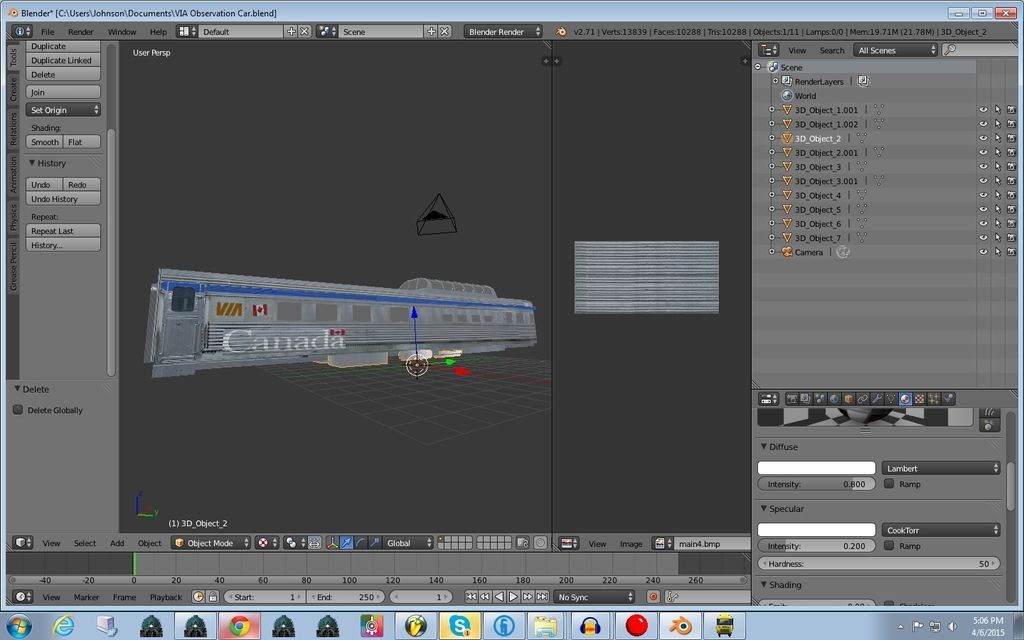applegathc
NoT tHe StAtUeS!
Newspaper office anyone?
peter
Yes, please!
Follow along with the video below to see how to install our site as a web app on your home screen.
Note: This feature may not be available in some browsers.
Newspaper office anyone?
peter

How original. And to think I was just playing Krusty's Funhouse on my gameboy yesterday...My brother showed me a model on the dls Kicky Mart so i thought I would do this >

Rebaked LNER locos at 20 and 60 samples
pic deleted
pic deleted [/QUOTE
Wow those look nice. I now the second is the D Class 4-4-0, is the 2-6-0 a K-3 or K-4? I think it's a K-3, but can't quite tell.
Keep up the great work. Trainboi1, you make excellent trains in every area I love, West US, SP, LNER, etc.
Saturnr
Hint: K3s have a massive boiler, K4s look more or less like K1s.Rebaked LNER locos at 20 and 60 samples
pic deleted
pic deleted [/QUOTE
Wow those look nice. I now the second is the D Class 4-4-0, is the 2-6-0 a K-3 or K-4? I think it's a K-3, but can't quite tell.
Keep up the great work. Trainboi1, you make excellent trains in every area I love, West US, SP, LNER, etc.
Saturnr
And D class doesn't really say anything, all LNER 4-4-0s are D-somethingIn this case it's a D41.

Will these new cars include Newley unveiled " Prestiage Class". :hehe:Well, this should bring some hopes up...
Pic Deleted
I am now completing the Observation for Dragon!
Something I understand many people want in terms of freight stock.
(pic snipped)

